15 Walkable Cities That Make Exploring Easy
Living without a car has become easier in many cities around the world, thanks to well-designed pedestrian-friendly streets, reliable public transportation, and cycling infrastructure. Whether you’re looking to reduce your carbon footprint, avoid traffic, or simply enjoy the convenience of walking everywhere, these cities offer the perfect environment to explore on foot. From bustling urban centers to charming neighborhoods, getting around without a car is not only possible but practical in these places.
This post may contain affiliate links, which helps keep this content free. Please read our disclosure for more info.
New York City, USA

New York City is a prime example of a city designed for pedestrians. Its compact layout, especially in Manhattan, allows residents and visitors to walk to a variety of destinations easily. The grid system of streets makes navigation simple, and it is common for people to walk everywhere, from the grocery store to work. With so many attractions within walking distance, including Central Park, museums, and theaters, a car is hardly necessary.
In addition to walking, the city’s robust public transportation system, which includes subways, buses, and ferries, makes getting around hassle-free. The subway system alone serves millions of commuters daily. New York has also invested in bike lanes and bike-sharing programs like Citi Bike, which adds another convenient way to get around the city without a personal vehicle.
Paris, France

Paris is one of the most walkable cities in the world, thanks to its charming narrow streets, pedestrian-friendly design, and excellent public transit system. Residents can easily stroll to local bakeries, cafes, and shops, all located within a short distance from each other. Famous neighborhoods like Le Marais and Montmartre are particularly pedestrian-friendly, with plenty of winding streets and hidden gems to explore on foot.
Paris also offers an extensive metro system, buses, and trams that make it easy to travel longer distances quickly. The city is investing more in cycling infrastructure as well, with bike lanes and rental services like Vélib’ making biking accessible to locals and tourists alike. With many areas designed to reduce car traffic, walking and public transport are often the most convenient and efficient ways to navigate the city.
Tokyo, Japan

Tokyo is a perfect example of a city where you can live without a car. The city has well-planned districts that are designed to accommodate pedestrians, from wide sidewalks to pedestrian-only zones. Tokyo’s public transportation network, including its famous trains and subways, is among the most efficient in the world. Most areas are easily accessible by train, and commuting on foot is just as common.
Additionally, Tokyo has dedicated bike lanes and areas for cyclists. While the city’s density may make it seem intimidating, walking around is actually one of the best ways to explore the unique neighborhoods. Shopping areas like Shibuya and Shinjuku are filled with pedestrian traffic, and a vibrant street culture makes walking a popular mode of transport.
Copenhagen, Denmark
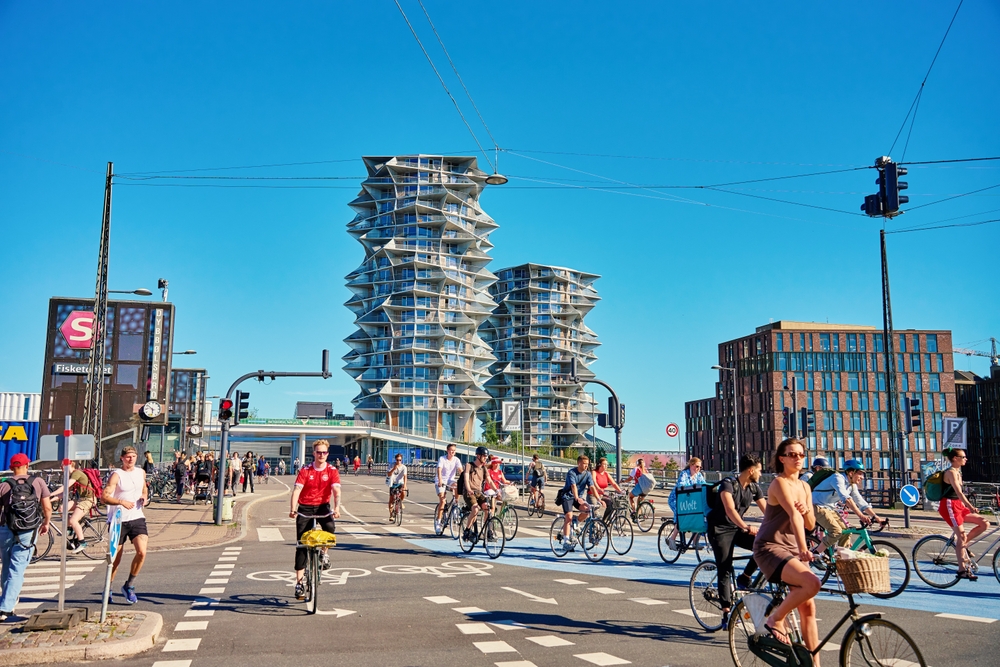
Copenhagen is frequently ranked as one of the most bike-friendly cities in the world. The city’s flat terrain and well-established bike lanes make cycling an easy and efficient way to get around. Biking is so popular that many residents choose two wheels over four, and the city has made efforts to reduce car traffic in certain areas, particularly around the city center.
Copenhagen also emphasizes walking, with many pedestrian-only streets and squares, such as Strøget, one of the longest pedestrian streets in Europe. The city’s reliable and affordable public transportation, which includes buses, trains, and metro services, makes it possible to travel without a car. The emphasis on sustainable transport options makes Copenhagen an ideal place for anyone looking to live without a vehicle.
Amsterdam, Netherlands
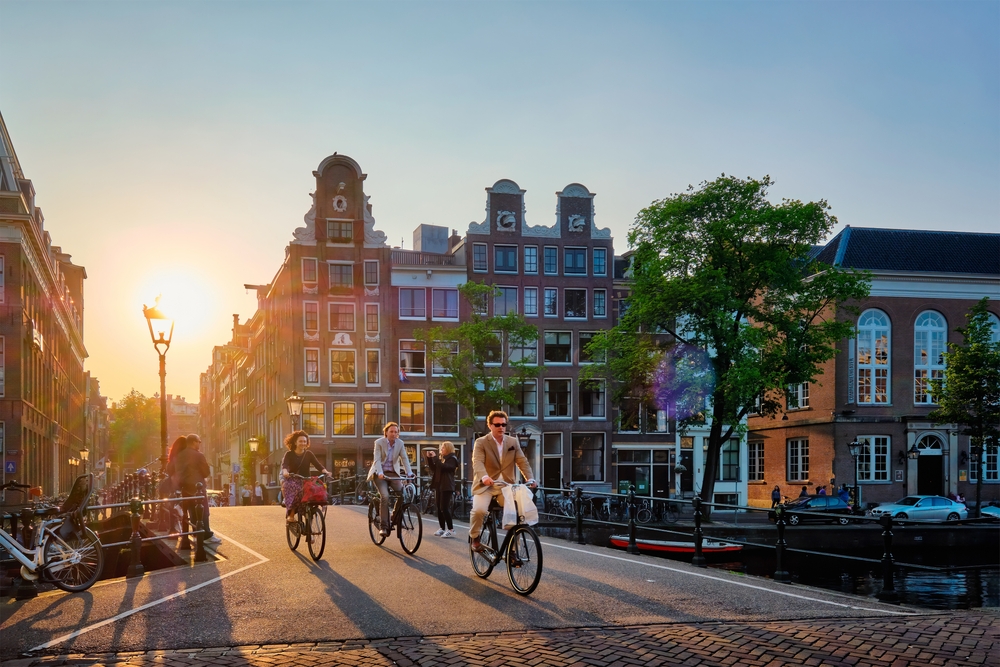
Amsterdam’s canals, bike-friendly streets, and walkable neighborhoods make it one of the most car-free cities in the world. With its small size, Amsterdam’s layout encourages walking and cycling, and the use of bikes is deeply ingrained in the local culture. Many locals rely on bicycles to commute to work or run errands, and the city has extensive bike paths to keep cyclists safe and moving efficiently.
The city also prioritizes pedestrians, especially in areas like the city center, where car access is limited. Amsterdam’s public transport system, including trams, buses, and ferries, is well-developed and easy to use. With so many transportation options and a pedestrian-friendly environment, navigating the city without a car is a breeze.
Zurich, Switzerland
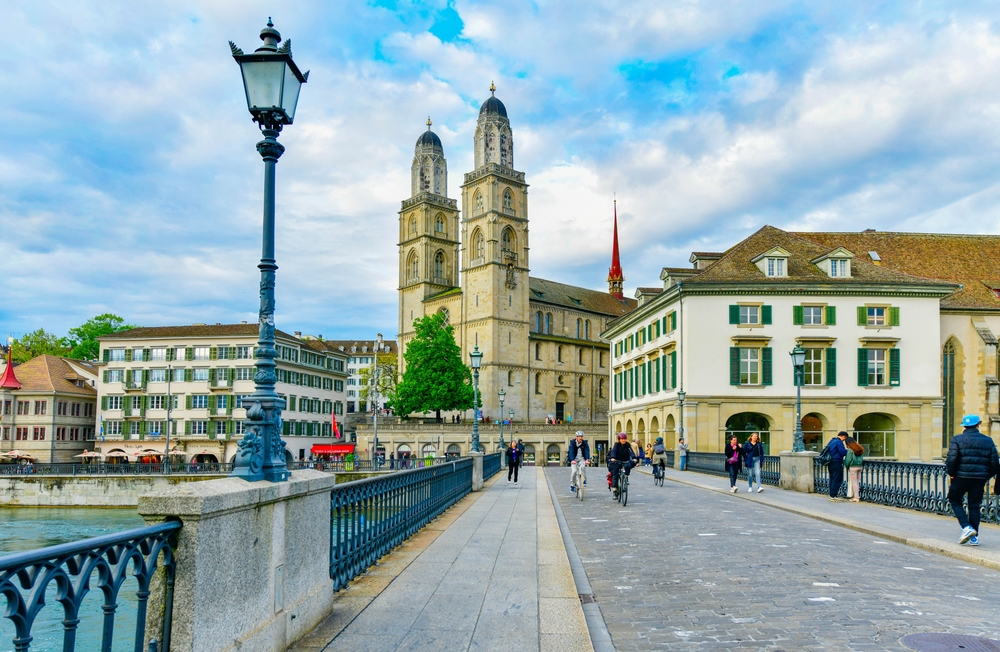
Zurich is known for its well-organized public transportation network and pedestrian-friendly streets. The city offers trams, buses, and trains that are known for their punctuality and ease of use, making it convenient for residents to get around without a car. Zurich also has a variety of pedestrian zones, especially in the city center, where you can walk to cafes, shops, and cultural attractions.
The city’s commitment to green space and outdoor activities also encourages walking. Zurich has a number of parks and lakeside areas where residents can enjoy strolls. With excellent public transportation and many areas designed to be accessible on foot, Zurich is a great place for car-free living.
Barcelona, Spain

Barcelona is a city designed for pedestrians, with its wide boulevards, narrow alleys, and pedestrian squares. The city has made a concerted effort in recent years to reduce car traffic in the city center, with car-free zones and the expansion of bike lanes. The Eixample district, in particular, is known for its grid layout, making it easy to walk around and explore its shops, restaurants, and parks.
Public transportation in Barcelona is highly accessible, with an extensive metro system, buses, and trams connecting various parts of the city. Biking is also popular, with bike lanes and shared bike programs available throughout the city. For locals and tourists alike, walking and public transport are often the best ways to experience the heart of Barcelona.
Vancouver, Canada
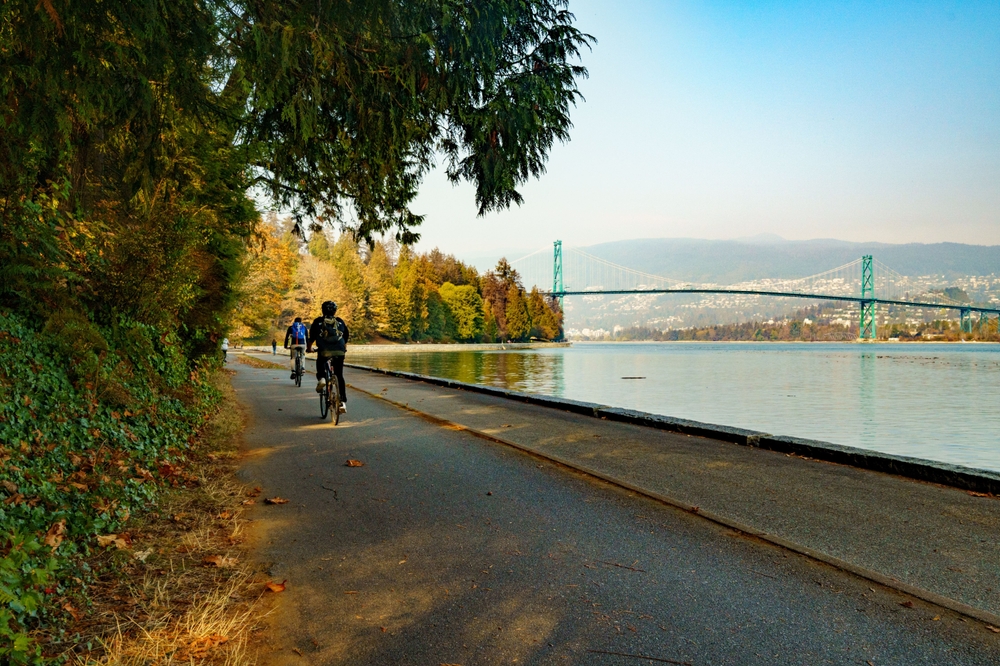
Vancouver’s urban planning prioritizes pedestrians, and the city offers a variety of ways to get around without a car. The city’s grid design makes it easy to walk to shops, restaurants, and public parks. Vancouver also encourages cycling with bike lanes and extensive trails, especially along the waterfront.
Public transportation in Vancouver is comprehensive, with buses, trains, and ferries making it easy to navigate the city and its surroundings. The city is committed to reducing car usage and making walking, biking, and public transit the preferred modes of transport. With its focus on sustainability, Vancouver is a great city for those who prefer car-free living.
Berlin, Germany

Berlin is a city that offers an excellent balance between walking, biking, and public transportation. The city’s public transit system, which includes trains, buses, and trams, is affordable and reliable, making it easy to get around. Berlin is also one of the most bike-friendly cities in Europe, with an extensive network of cycling paths and bike-sharing programs.
Pedestrian zones are common in areas like Alexanderplatz and Kurfürstendamm, where visitors and residents alike can enjoy the city on foot. The city’s commitment to reducing car traffic in certain neighborhoods also supports walking and cycling as the primary modes of transportation. For Berliners, navigating the city without a car is both practical and convenient.
Melbourne, Australia

Melbourne is another city where walking and public transportation are preferred over personal vehicles. The city’s compact and walkable design means you can easily explore its neighborhoods on foot. In the city center, laneways are packed with cafes, boutiques, and street art, making it a perfect place for pedestrians to wander.
Melbourne also has an efficient tram system that is the largest in the world, allowing residents to get around easily. The city’s bike lanes and bike-sharing programs further encourage people to leave their cars behind. With its pedestrian-friendly streets and reliable public transit, Melbourne is an ideal city for anyone seeking a car-free lifestyle.
Oslo, Norway
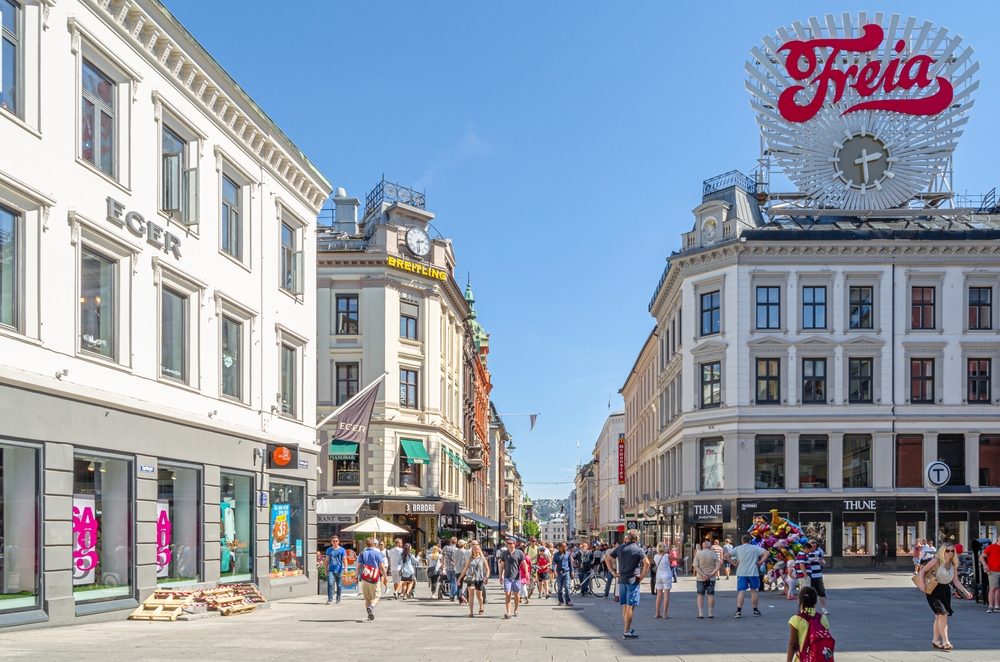
Oslo is a city that prioritizes sustainability and walkability, with numerous pedestrian zones and green spaces. The city’s layout makes it easy to navigate on foot, and the city center is well-suited for pedestrians. Oslo is actively working to reduce car traffic, particularly in areas like Bjørvika, where the city has created car-free spaces to improve the walking experience.
Public transportation is efficient and widely used, with metro, buses, and trams serving the city and surrounding areas. Oslo also has an extensive bike-sharing program and protected bike lanes, encouraging residents to cycle. The city’s commitment to making walking, biking, and public transport the main ways to get around makes it easy to live without a car.
Stockholm, Sweden
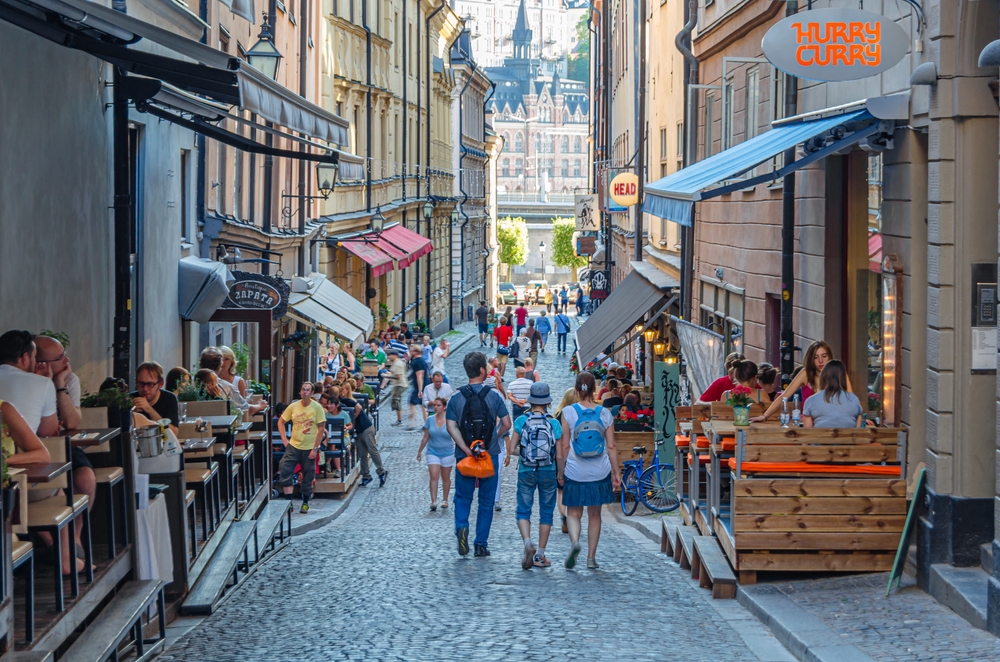
Stockholm’s commitment to sustainability is evident in its walkable streets and emphasis on public transport. The city is designed to encourage walking, with many neighborhoods offering easy access to shops, restaurants, and cultural sites. The public transportation system, which includes ferries, buses, and metro lines, is well-integrated, providing fast and efficient travel throughout the city.
Stockholm is also known for its extensive bike infrastructure, which includes bike lanes and bike-sharing programs. The city’s commitment to reducing car usage makes it a great option for those who want to avoid the hassle of driving. With its walkable streets and convenient public transit, Stockholm is a fantastic place for car-free living.
Seattle, USA
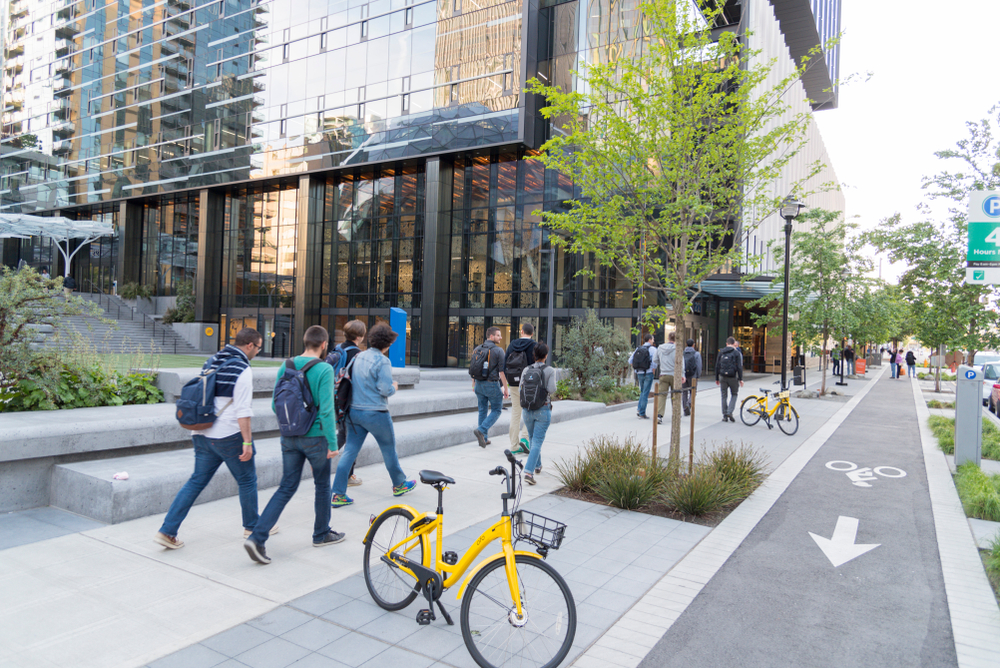
Seattle’s urban planning prioritizes walkability and public transportation. The city’s downtown area is compact, with numerous pedestrian-friendly streets and plenty of attractions within walking distance. Seattle also has a well-developed public transportation system, including buses, ferries, and the Link light rail, making it easy to get around without a car.
Biking is also common in Seattle, with dedicated bike lanes and the availability of bike-sharing programs. The city’s commitment to sustainability and reducing car traffic supports walking and biking as the primary modes of transport. For residents and visitors, Seattle is an ideal place to navigate without relying on a car.
Buenos Aires, Argentina
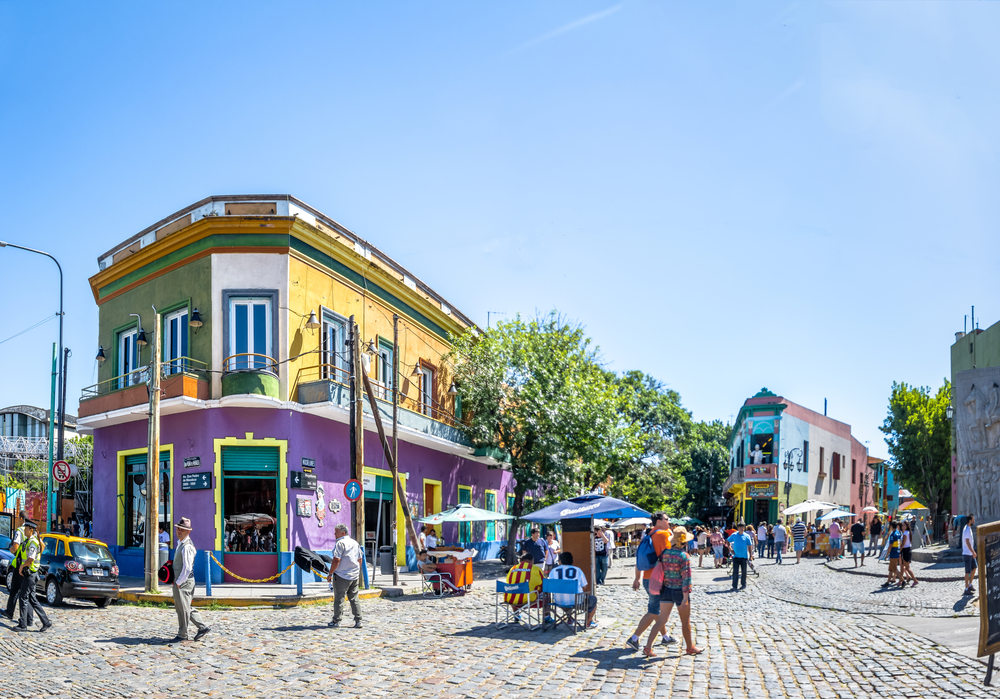
Buenos Aires offers a blend of walkable neighborhoods and an excellent public transportation system, making it easy to live without a car. The city’s architecture and streets are designed for pedestrians, with wide sidewalks and numerous parks. Popular areas like Palermo and San Telmo are perfect for exploring on foot, with cafes, shops, and museums around every corner.
Public transportation is accessible and affordable, with a robust bus network and the subte (subway) connecting various parts of the city. Buenos Aires also has a bike-sharing program and a growing network of bike lanes, which further encourage cycling. The city’s focus on reducing car traffic makes it a great option for anyone looking to live car-free.
London, United Kingdom
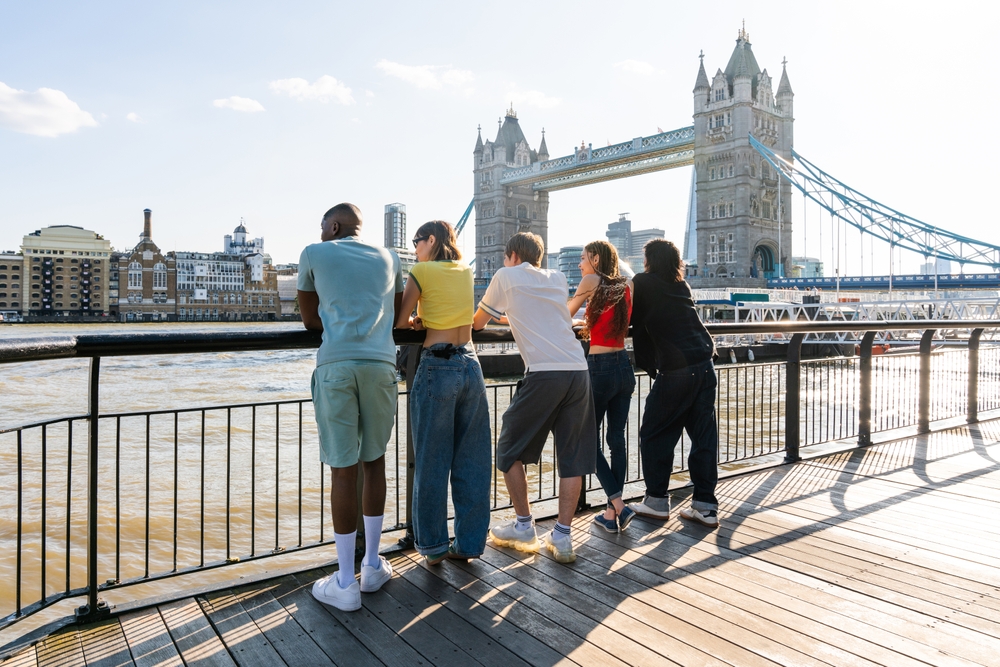
London is one of the world’s most walkable cities, with a dense network of pedestrian-friendly streets, parks, and cultural sites. The city’s extensive public transportation system, including the iconic London Underground, buses, and trains, makes it easy to navigate without a car. London’s neighborhoods, such as Covent Garden and Shoreditch, are perfect for pedestrians to explore on foot, with plenty to see and do in each area.
Cycling is becoming more popular in London, with dedicated bike lanes and bike-sharing programs like Santander Cycles. The city’s efforts to reduce car traffic, including the Congestion Charge Zone, make walking, biking, and public transportation the preferred methods of transport. For both residents and visitors, London is an ideal place to live without the need for a car.
This article originally appeared on Avocadu.
